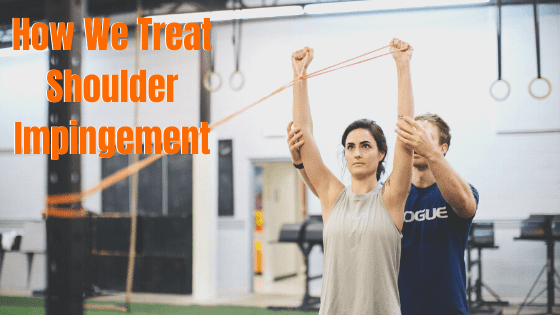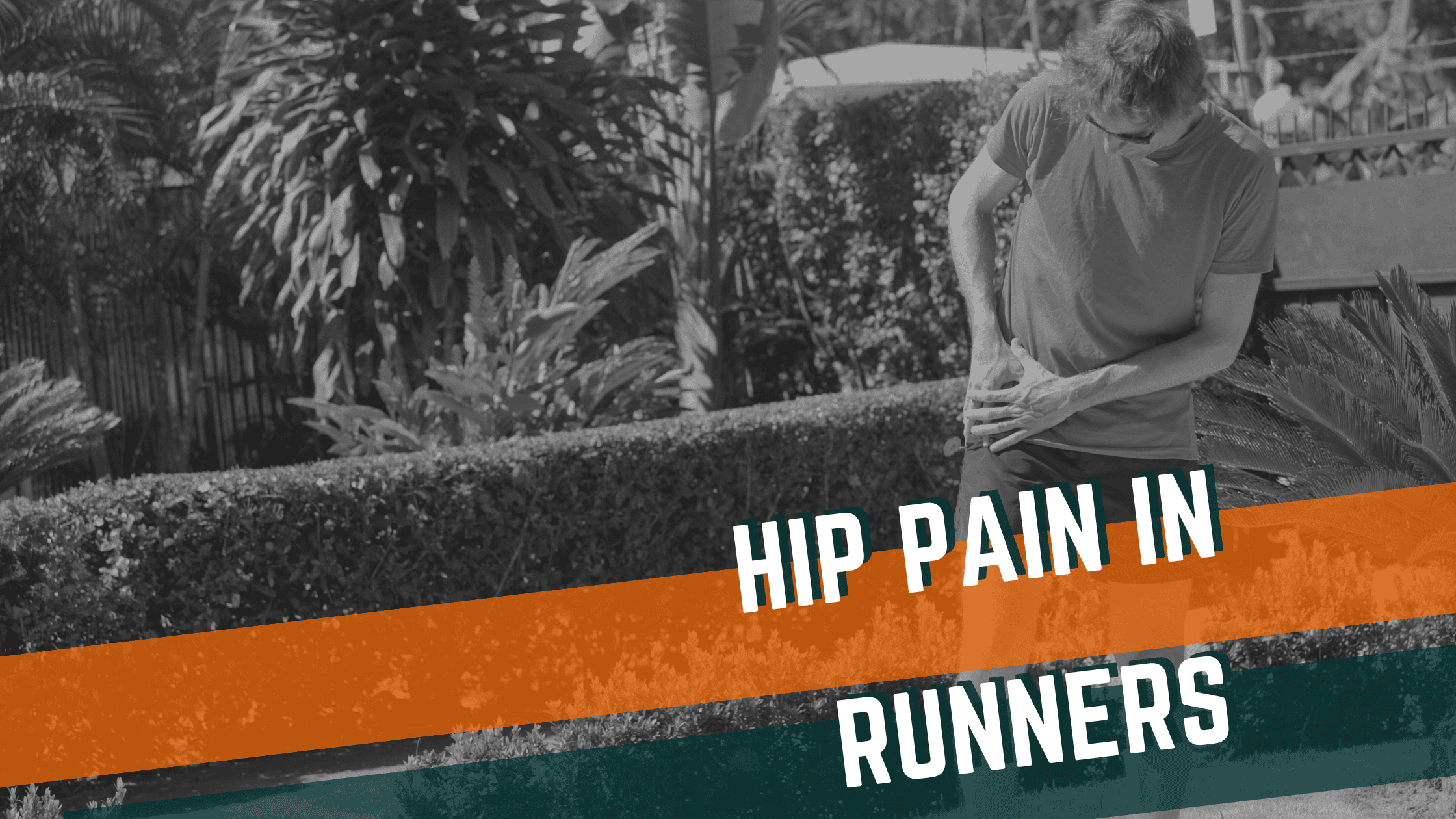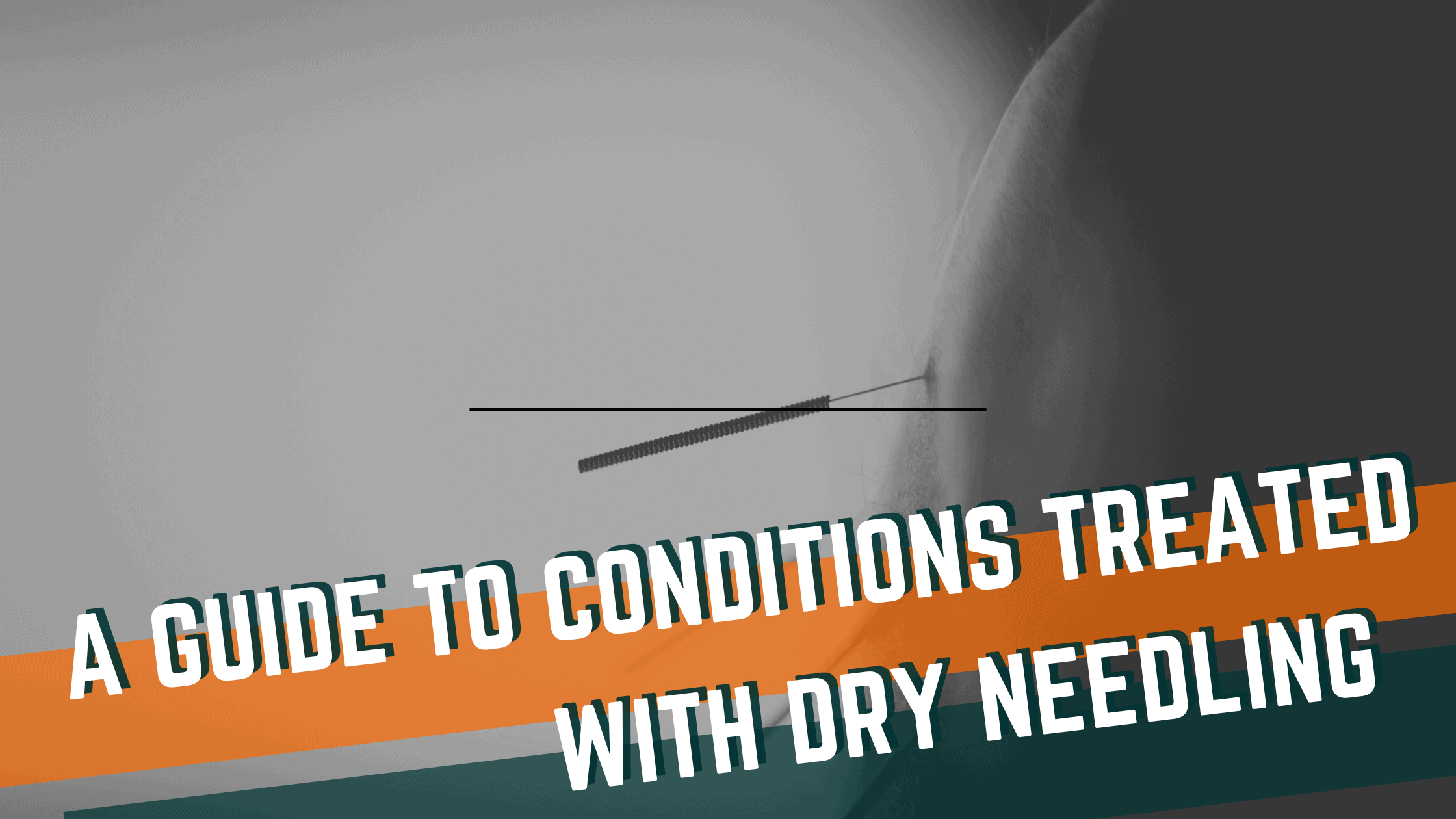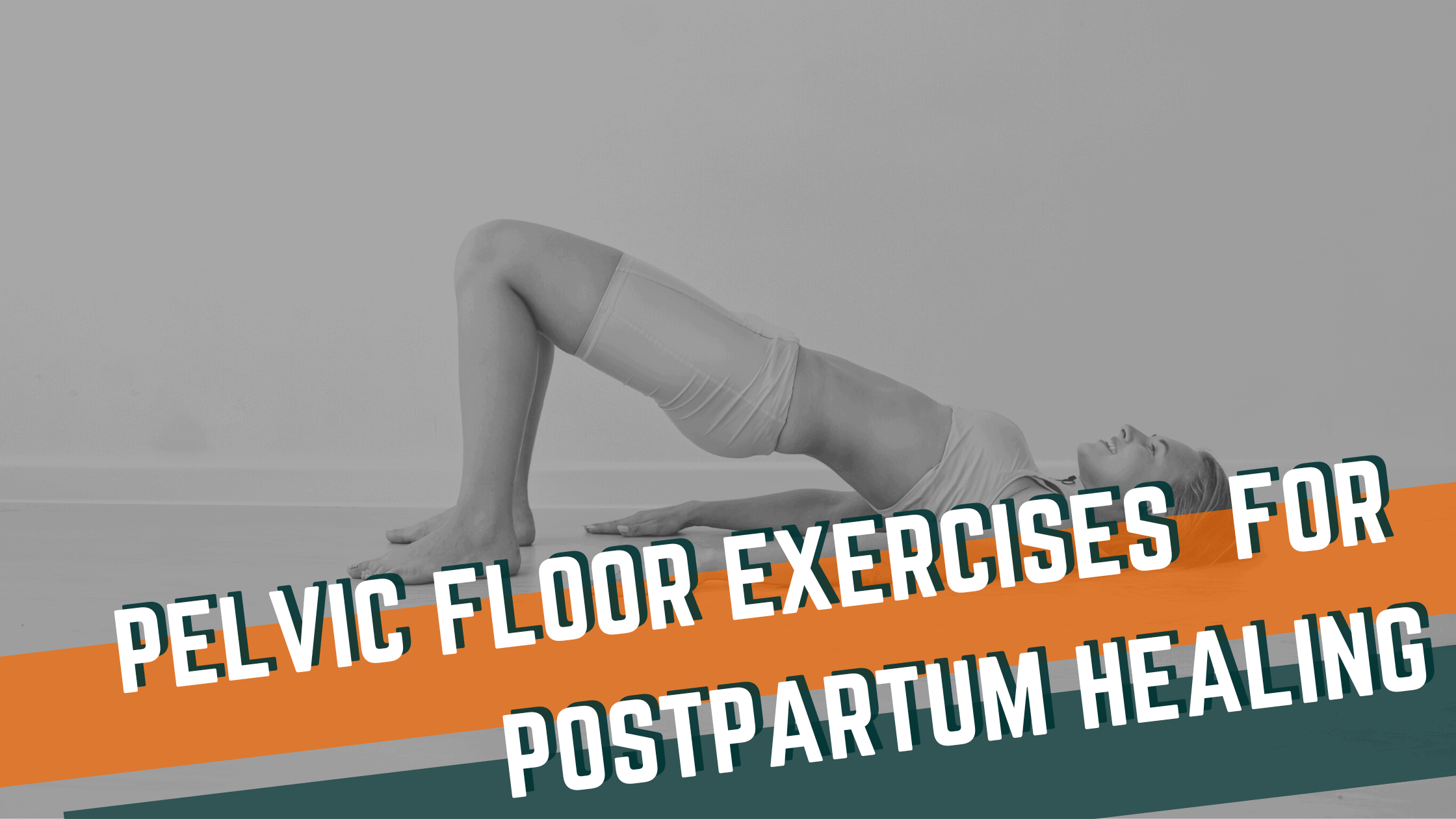
Shoulder impingement (now more commonly called rotator cuff tendinopathy) is one of the most frequent conditions we treat at Onward in Charlotte, NC because of our highly active patient population. With highly active populations such as CrossFitters and weightlifters, there are a few key areas to address if we want to rapidly improve shoulder impingement pain.
Treating Shoulder Impingement
Step One: Strengthen the Rotator Cuff
This is the step that everyone does…but quite frequently poorly. What do we mean by that?
Strengthening the rotator cuff is a must for those with shoulder impingement pain. But frequently we see exercises given to patients that are no where near challenging enough to actually get stronger muscles. If they are loading appropriately, they aren’t taking you to the positions or activities that you have trouble with.
For example, if you have pain at the end ranges of your shoulder motion during overhead pressing we need to do more than just banded rotator cuff strength movements with your arm down by your side. We’ve got to challenge strength through the full range of motion of the shoulder.
An example exercise for this goal would be a banded foam roll up the wall. This movement works on shoulder mobility overhead while really challenging the rotator cuff.
Step Two: Improve Shoulder Mobility
Especially in our active populations, we must do a detailed breakdown of the mobility demands of your sports and where your current mobility is. The key here is to not guess like we see too many people do. We need a thorough assessment of what limits you and a plan to regain that mobility.
An example of this would be someone getting pain during the arch position of their kipping pull-up. If their lat flexibility is limited then they won’t be able to fully open their shoulder for proper positioning during this maneuver. So an exercise like lat eccentrics work great in this example.
Step Three: Improve Upper Back Mobility
Alongside step two, we have to assess thoracic spine mobility. When the upper back is stiff, increased demands are placed on the shoulder joint. So after assessing thoracic mobility we can begin addressing it if limited with exercises like this foam roller variation.
Step Four: Analyze Your Programming
The final step after working through the above is to take a look at your recent programming. To clarify, often we’ll find recent examples of over programming of certain training variables or exercises that led to an athlete developing shoulder impingement symptoms. By altering training we can then begin rebuilding your shoulder back up. Ultimately, we’ll uncover out how to reduce the chances of dealing with this injury again.
If you are tired of dealing with shoulder impingement pain keeping you from the activities you love doing, we’d love to help you out. Schedule an appointment today with our physical therapy team to get started!
Recent Articles
Achilles Tendonitis: Diagnosis & Treatment

Hip Pain in Runners

A Guide to Conditions Treated with Dry Needling

Reconnect to the CORE Postpartum: Pelvic Floor Exercises for Postpartum Healing

Preventing Back Pain in CrossFit: Key Considerations for Training Safely

